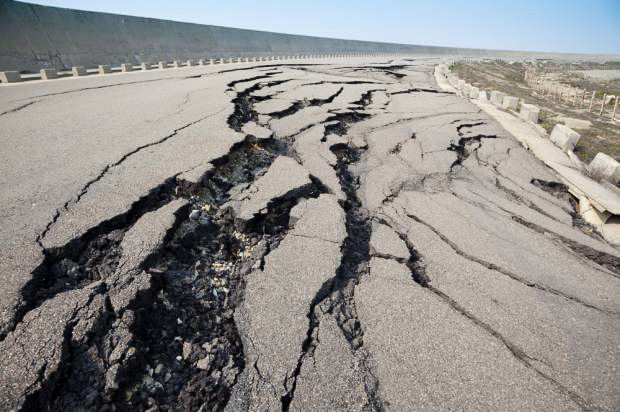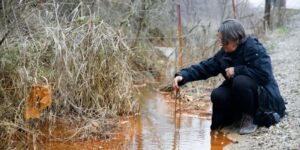Oklahoma state officials have ordered 32 of the 3,200 wastewater disposal wells in Oklahoma to be shut down over the course of 10 days following the magnitude 5.8 earthquake — the largest in Oklahom history — that shook Oklahoma and neighboring states Sept. 3.
According to CNN, there was a 5,000% increase in earthquake activity in Oklahoma between 2009 and 2014, sparking debate over the effect oil drilling and wastewater injections have on the fault lines.
“There have been studies done that indicate that injecting water back into the ground in a different spot than it came up from can put pressures on things and cause faults to slip,” Oklahoma Christian University professor of physics Len Feuerhelm said. “We’re injecting at much higher volumes and higher pressures than we have in the past, so we’re putting additional stress on some very deep formations.”
According to CNN, the Oklahoma Oil and Gas Association said in April that producers would take “significant measures” to combat the earthquakes and promised to explore alternative disposal.
“Oklahoma regulators have been monitoring the wells for years,” CNN reporter Jackie Wattles said. “In January, the state began forcing 27 disposal wells to reduce their activity. That’s also when Oklahoma dedicated $1.4 million to fund ‘research and response’ efforts.”
Oklahoma Christian professor of biology Amanda Nichols said there have been other situations like the one in Oklahoma.
“There’s been cases like in Colorado where there had never been earthquake activity,” Nichols said. “All of the sudden, they start having earthquakes and it turns out the nearby military base was injecting wastewater into the ground.”
Feuerhelm said he does not believe the solution is to completely prevent the injection of wastewater.
“We have large volumes of water and we’ve got to do something with it,” Feuerhelm said. “It does not appear like the purification of all of it is economically feasible, but limiting the volumes appears to be helping.”
Wattles said that halting or slowing the use of disposal wells will not necessarily stop the earthquakes from occurring.
“Scientists studying the issue told PBS in March that even if Oklahoma shuttered all its disposal wells, the wastewater that has already been pumped can continue to cause problems,” Wattles said. “In fact, Oklahoma regulators ordered the 32 wells offline over the course of 10 days for fear ‘that a large scale, sudden shutdown could cause an earthquake,’ according to authorities.”
According to CNN, Oklahoma City and the surround region face a 5-12% chance of damage from an earthquake in 2016.
“Saturday’s earthquake — which some people described as the most powerful in memory — rendered six buildings in Pawnee Nation uninhabitable,” Gov. Mary Fallin to CNN. “Rural Pawnee County and the city of Pawnee had at least six buildings damaged, with one homeowner suffering minor injuries.”
Feuerhelm said Oklahoma was identified 35 years ago as a potential earthquake zone, though there was little activity until 2009.
“We know there are significant faults that run through Oklahoma, just like there are significant faults that run through California,” Feuerhelm said. “There may be more than one explanation and you may have different things contributing. Fixing one doesn’t necessarily fix it all.”
The number of earthquakes — magnitude 3.0 or higher — has risen from three in 2009 to 907 in 2015. Nichols said the earthquakes have created concern for the safety of Oklahoma residents.
“This is like any kind of environmental issue that comes up,” Nichols said. “The alternative is expensive it’s going to cost jobs. I think, as a state and as a people, we have to decide if it’s worth that. We have to look at what’s happening and decide if human lives, our environment and our standard of living is important enough.”














Be First to Comment